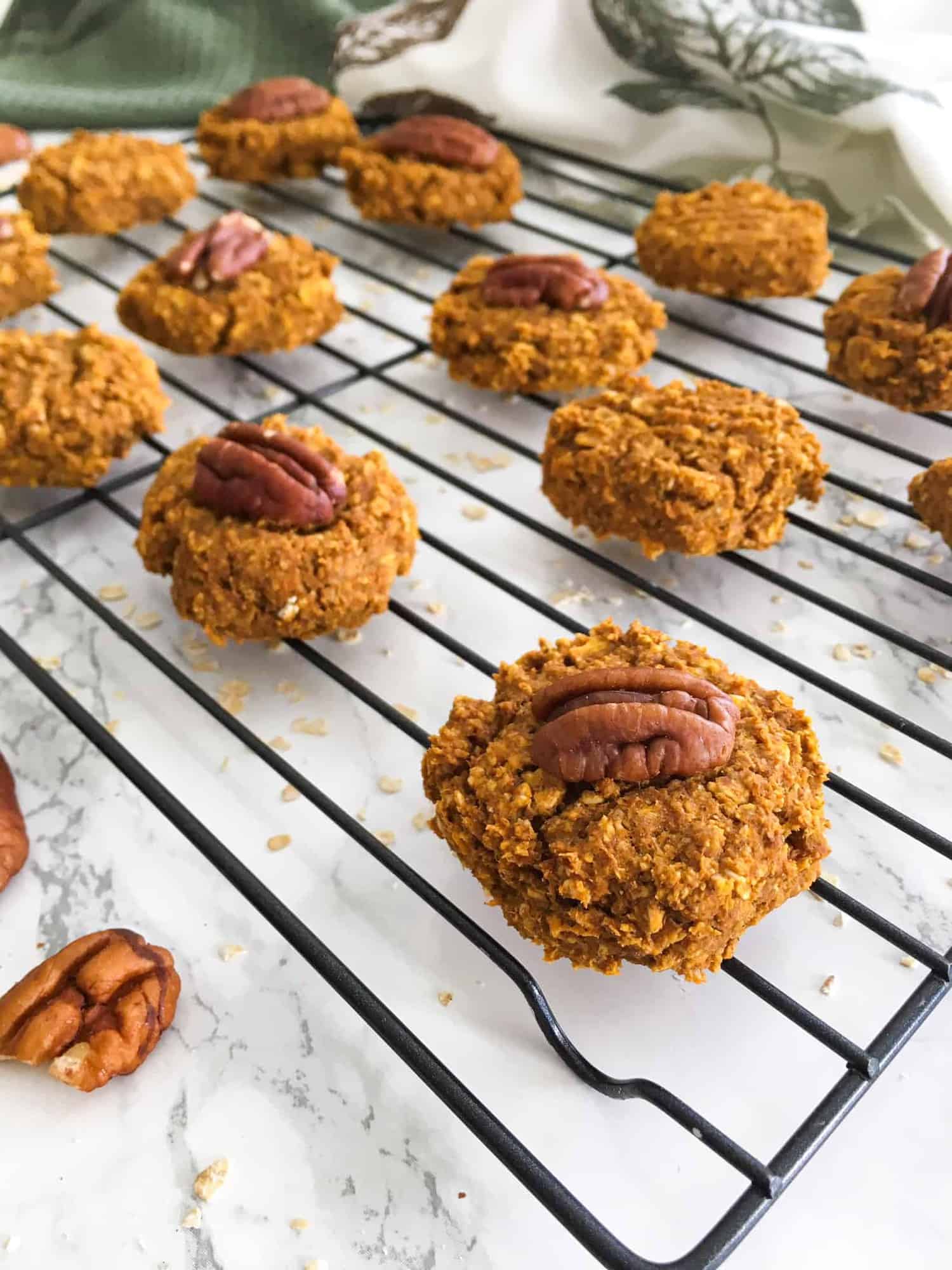

Also, adding a small amount of unsaturated fat to a low-fat meal may help you feel full longer and control weight. They are associated with lowering cholesterol levels and reducing inflammation. When swapped in for saturated and trans fats, they can help improve cholesterol levels.

These types of fats include peanut oils, flaxseed oils, olive oils, avocado, and fatty fish. Unsaturated fat: This includes monounsaturated fats and polyunsaturated fats.They raise your LDL (bad) cholesterol and lower your HDL (good cholesterol) levels, which is associated with increased risk of heart disease. These types of fats are the worst for your heart. This process adds hydrogen to liquid oils to make them solid. Trans fat: This type of fat is common in fried foods and baked goods and they are made through a process called hydrogenation.The American Heart Association recommends limiting the amount of saturated fat in your diet, especially for people that need to lower their cholesterol. Saturated fat: This type of fat includes foods like pizza, butter, and milk.Whole grain-rye: High in insoluble fiber, whole grain-rye helps with bowel movement, making it a better choice for those struggling with constipation.Ĭhocolate chip cookie made with coconut oil.This process helps feed the good bacteria in your gut and aids digestion. Buckwheat: This option is high in resistant starch, which is a starch that resists absorption by the small intestine and instead ferments in the large intestine.Whole wheat: This is a good source of manganese, which is an essential trace mineral that is involved with many processes in the body such as metabolism and bone formation.Whole oat: Due to its high fiber content, this option is great for those looking to manage their weight and lower their cholesterol.That's why Keatley suggests rotating multiple types of whole grain flour into your baking schedule to get a variety of nutrients. However, different whole flours have different nutrient profiles. Whole grain flours are also rich in vitamins and minerals. "Whole grain flour can have up to four times as much fiber than all purpose flour." says Keatley As a result, the American Heart Association recommends that at least half of the grains you eat be whole. Whole grain flours are much more nutrient dense than all purpose flour because they retain all parts of the grain kernel - hence the name "whole" grain. Chocolate chip cookie made with oat flour.


 0 kommentar(er)
0 kommentar(er)
